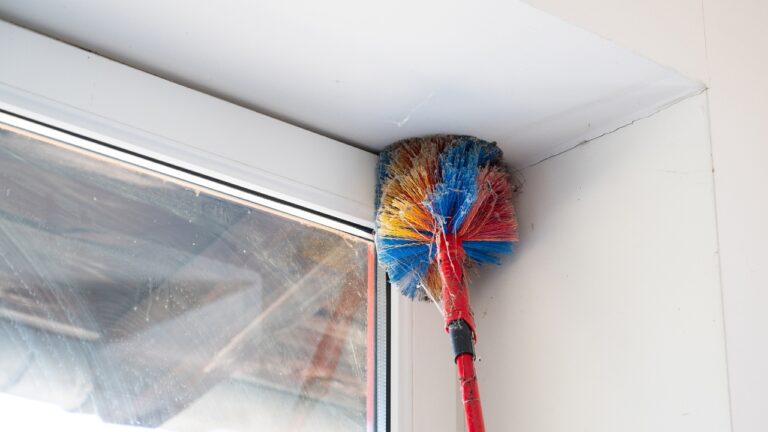What your front door color says to everyone driving by
Your front door is a handshake. It sets expectations before anyone steps inside. The color, sheen, and hardware quietly signal how cared-for the house is and what mood waits beyond the threshold. You don’t need to obsess, but you should be intentional. A good door color earns its keep every single day.
Let’s make yours say what you want it to say.
Read your house like a whole outfit
Look at roof, brick or siding, trim, and landscaping. The door color should play backup singer, not start a fight with the main features. If your exterior has a lot going on—mixed materials, busy stone—choose a classic door (black, deep green, navy, stained wood). If the exterior is calm, you can go bolder without tipping the balance.
Hold big paint swatches against the house in daylight and shade. Photos lie; daylight doesn’t.
Pay attention to the light you actually have
North-facing doors skew cool, so warm colors (deep red, olive, charcoal with brown) read richer. South-facing doors take hard sun; very dark paint can show dust and fade. East and west can handle deep tones if the sheen is right. This is why the neighbor’s perfect navy looks flat on your porch—you’re not getting the same light.
Test sample quarts. Paint poster board to the edges and tape it up for a week.
Choose a sheen that matches the story

Satin is forgiving and looks tailored on most houses. Semi-gloss reads more traditional and wipes clean easier, but it shows brush marks. High gloss is a statement and needs a near-perfect door. If your slab has dings, don’t make it shiny. Clean, even, and durable is the goal.
Use a quality brush and roll last passes in one direction so it cures smooth.
Upgrade hardware and numbers so the color works harder
Old pitted brass next to fresh paint makes the color look cheaper. Swap the handle, deadbolt, kick plate, and house numbers to match your home’s other metals. Black hardware on deep colors, unlacquered brass on muted greens, and brushed nickel on navy are easy wins.
Center the numbers and make sure they’re large enough to read from the street. Function is part of beauty.
Be honest about the message of common colors
Black says tailored and timeless. Navy says calm and collected. Deep green reads established and connected to the landscape. Red says friendly and energetic (best on simpler exteriors). Soft clay or greige says warm and understated. Yellow is cheerful but tricky—often better on a light house with lots of shade.
None of this is law; it’s how our eyes read exteriors at a glance.
Keep decor restrained so the color can breathe

One wreath or a simple basket, not both. A pot on each side, not a lineup. The door color should be visible, not covered. Too many layers make even good paint feel cluttered. If you like seasonal swaps, choose one neutral base and change the ribbon or stems.
Clean the glass. Dirty sidelights ruin the best paint job in two seconds.
Fix the frame and threshold so the story doesn’t fall apart
Caulk cracks, touch up trim, and paint the reveal (the little sliver you see when the door opens). Replace torn weatherstripping. People notice condition more than color. A well-sealed door also saves on heating and cooling. That’s a win you can feel.
If the storm door is dinged and cloudy, it’s time. It’s dragging the look down.
Follow a maintenance rhythm
Sun, wind, and hands wear paint. Wipe the door when you spray the porch. Touch up chips every spring. If a color you loved starts feeling off, it might be grime and dullness, not the color. Clean first; decide later.
Snap a before-and-after photo. You’ll see how much the street view changed.
Your front door doesn’t need to shout. It needs to finish the outfit, match the light, and sit with hardware that looks like it belongs. Pick with your actual house in mind, not a pin you liked at midnight. That’s how you get a color that says the right thing every time someone pulls into your drive.
Like Fix It Homestead’s content? Be sure to follow us.
Here’s more from us:
8 upgrades that look like you spent thousands (but didn’t)
9 small changes that instantly make a house feel high-end
*This article was developed with AI-powered tools and has been carefully reviewed by our editors.







